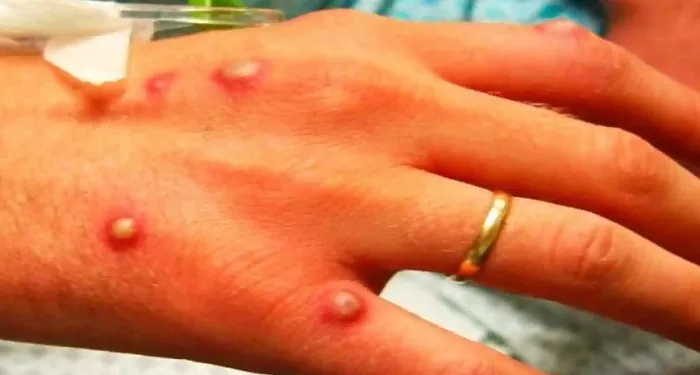• Reports 36 new incidences of monkeypox in 14 states
• Five episodes of Lassa fever in Ondo, Edo, Nasarawa
• WHO, partners establish a fund for pandemic response
The latest figures from the Nigeria Centre for Disease Control (NCDC) show the country recorded a spike in cases of monkeypox and Lassa fever over the last week.
According to the Update on Monkeypox (MPX) in Nigeria, published yesterday by NCDC, “100 new suspected cases were reported in Epi week 34, 2022 (August 22 to 28, 2022) from 21 states: Lagos (17), Abia (16), Imo (14), Delta (seven), Ondo (seven), Bayelsa (five), Gombe (five), Rivers (four), Benue (three), Ebonyi (three), Edo (three), Plateau (three), FCT (two), Katsina (two), Osun (two), Taraba (two), Anambra (one), Enugu (one), Kano (one), and Oyo (one).
“Of the 100 suspected cases, 36 new confirmed cases have been recorded in Epi week 34 from 14 states: Lagos (seven), Abia (six), Bayelsa (five), Edo (three), Ondo (three), Delta (two), Ebonyi (two), Rivers (two), Anambra (one), Benue (one), Gombe (one), Imo (one), Katsina (one) and Oyo (one).”
According to the NCDC, from January 1 to August 28, 2022, Nigeria recorded 704 suspected cases, with 277 confirmed cases (186 male, 91 female) from 30 states: Lagos (49), Ondo (22), Bayelsa (19), Rivers (18), Edo (16), Adamawa (15), Abia (15), Delta (14), FCT (11), Imo (11), Anambra (10), Nasarawa (nine), Ogun (seven), Plateau (six), Taraba (five), Kwara (five), Kano (five), Gombe (five), Ebonyi (five), Oyo (five), Katsina (five), Cross River (four), Benue (four), Borno (three), Kogi (three), Akwa Ibom (two), Niger (one), Bauchi (one), Osun (one) and Kaduna (one).
“Of all confirmed cases, 70 per cent are from Ondo (31 per cent), Edo (26 per cent) and Bauchi (13 per cent).
“The predominant age group affected is 21 to 30 years. The male-to-female ratio for confirmed cases is 1:0.8. The number of suspected cases has increased, compared to that reported for the same period in 2021. No new healthcare workers affected in the reporting week 35.
“The National Lassa fever multi-partner, multi-sectoral Technical Working Group (TWG) continues to coordinate the response activities at all levels.”
MEANWHILE, the World Health Organization (WHO), in partnership with the World Bank and other partners, has established new financial intermediary fund (FIF) for pandemic prevention, preparedness, and response (PPR).
The FIF Governing Board, at its inaugural meeting, officially established the fund, over the weekend.
The fund, according to a statement released, yesterday, by the WHO, will provide a dedicated stream of additional, long-term financing to strengthen PPR capabilities in low- and middle-income countries and address critical gaps through investments and technical support at the national, regional, and global levels.
The fund will draw on the strengths and comparative advantages of key institutions engaged in PPR, provide complementary support, improve coordination among partners, incentivize increased country investments, serve as a platform for advocacy, and help focus and sustain much-needed, high-level attention on strengthening health systems.
The first calls for proposals for investments to be funded by the FIF will open in November 2022.
World Bank Group President, David Malpass, said: “COVID-19 has highlighted the pressing need for action to build stronger health systems. Investing now will save lives and resources for the years to come. We welcome the broad support from the international community for this new, multilateral financial intermediary fund at the World Bank to help low- and middle-income countries and regions become better prepared for global health crises, and are pleased to have been able to proceed quickly in establishing the fund.”




